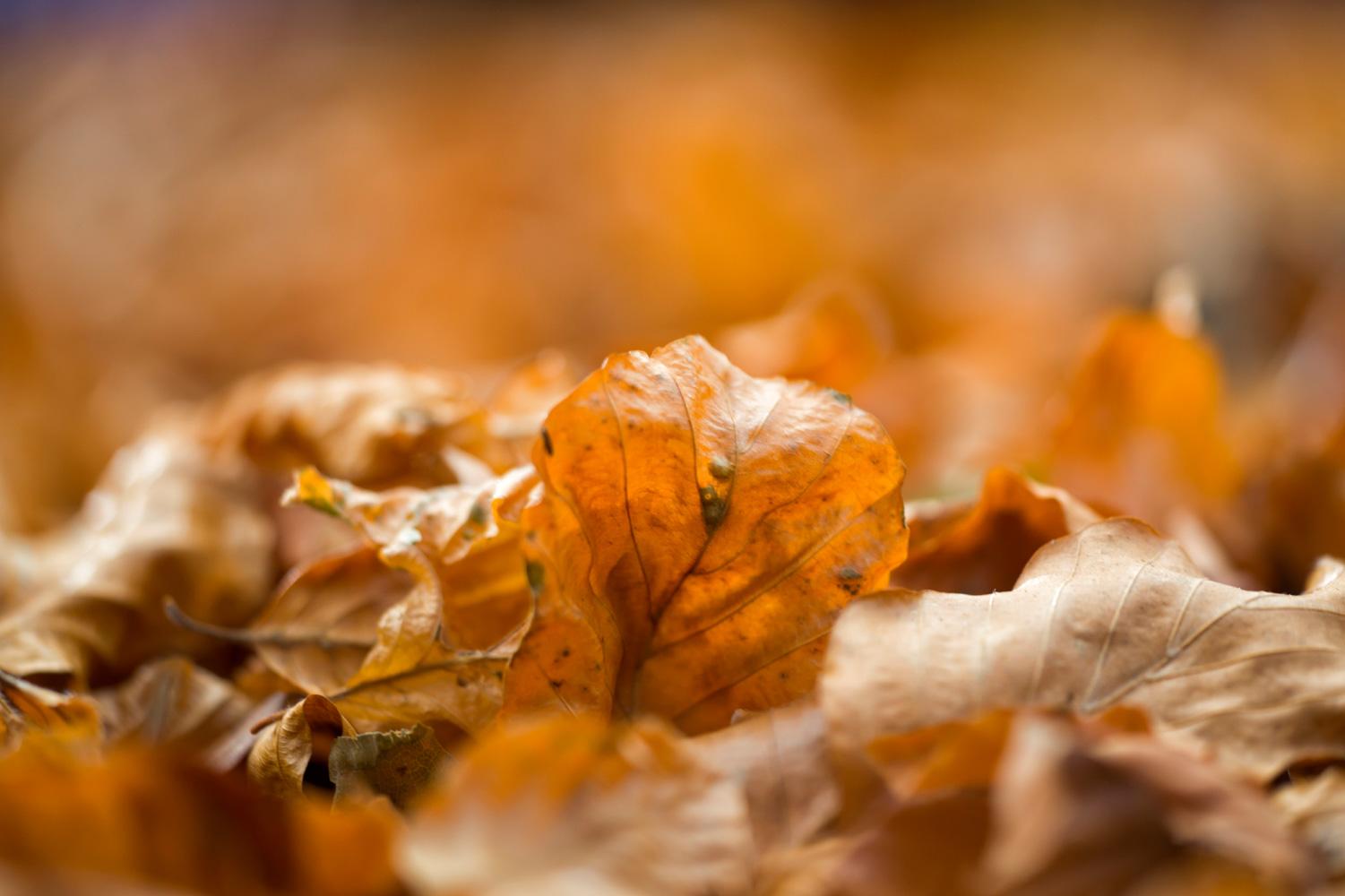
Kagu
Rhynochetos jubatus, Cagou
The Mysteries of the Kagu
Chillin' Out in My Habitat
If you ever go out searching for a kagu, the only place to find one would be the forests of New Caledonia (BL). They are the only places where the kagu can be found. The kagu are flightless birds, so everything they need they get from the forest floor (SDZ). They live in tropical and dry forests, and can sometimes be found migrating between forests, but only rarely. Unlike many other forest floor dwelling creatures, they do not camouflage with their habitat (SDZ).
Decorative and Useful
Kagu feathers aren't just for looking great, but keeping them safe, too. These feathers are used to attract the attention of a potential mate, but they also perform functions when you have picked a mate. They can be used for guarding your nest, by doing things such as puffing up and showing your stripes (OB). The kagu's beak also helps them with more than just appearances. It's long, thin shape allows them to pick between forest debris to get to food (OB).
Insects and Spiders and Worms- Oh My!
Kagu are completely carnivorous. There diet consists of bugs and other assorted little creatures found creeping around the forest floor. Some of these critters are larvae, spiders, centipedes, bugs, cockroaches, beetles, snails, worms, lizards, and grasshoppers (SDZ). The forest floor is littered with debris such as rocks and leaves, so getting to the food could be tricky. However, the kagu have a special, thin beak which allows them to pick between rocks and the like.
Love is in the Feathers
The kagu don't have multiple mates. Once they get one, they usually stick with them for life, so they have to be sure they've got the perfect match (CHMB). Males will usually try to garner the females affections through displays of feathers (pictured). After a mate is chosen, the mother and father will usually share incubation of the egg (wikip), which lasts up to 35-40 days (SDZ). In a way, kagus are kind of like humans with their mates.
Laying Down the Law
The kagu and their mate need to make themselves heard in any way they can. Every morning, they sing a kind of "duet". They do the to warn predators and other birds that this turf belongs to them, and no one else shall be taking it (SDZ). They also hiss when threatened, as well as puff up (shown above). They can also make clucking noises (SDZ). Kagu also happen to be amazing actors and actresses, and they can trick an attacker into leaving. What they do is when their nest is being attacked, they pretend to have a broken foot to distract the predator (OB). Then they can attack or scare them away (SDZ).
Strut Your Stuff!
There are many interesting things about the kagu. For starters, they have a wingspan of 30.5 inches (77.5 cm) and a body length of 24 inches (60 cm). That's right, their wings are bigger than their body, yet they are flightless birds. Also, the native word for kagu- kagou- means "ghost of the forest" (SDZ)









